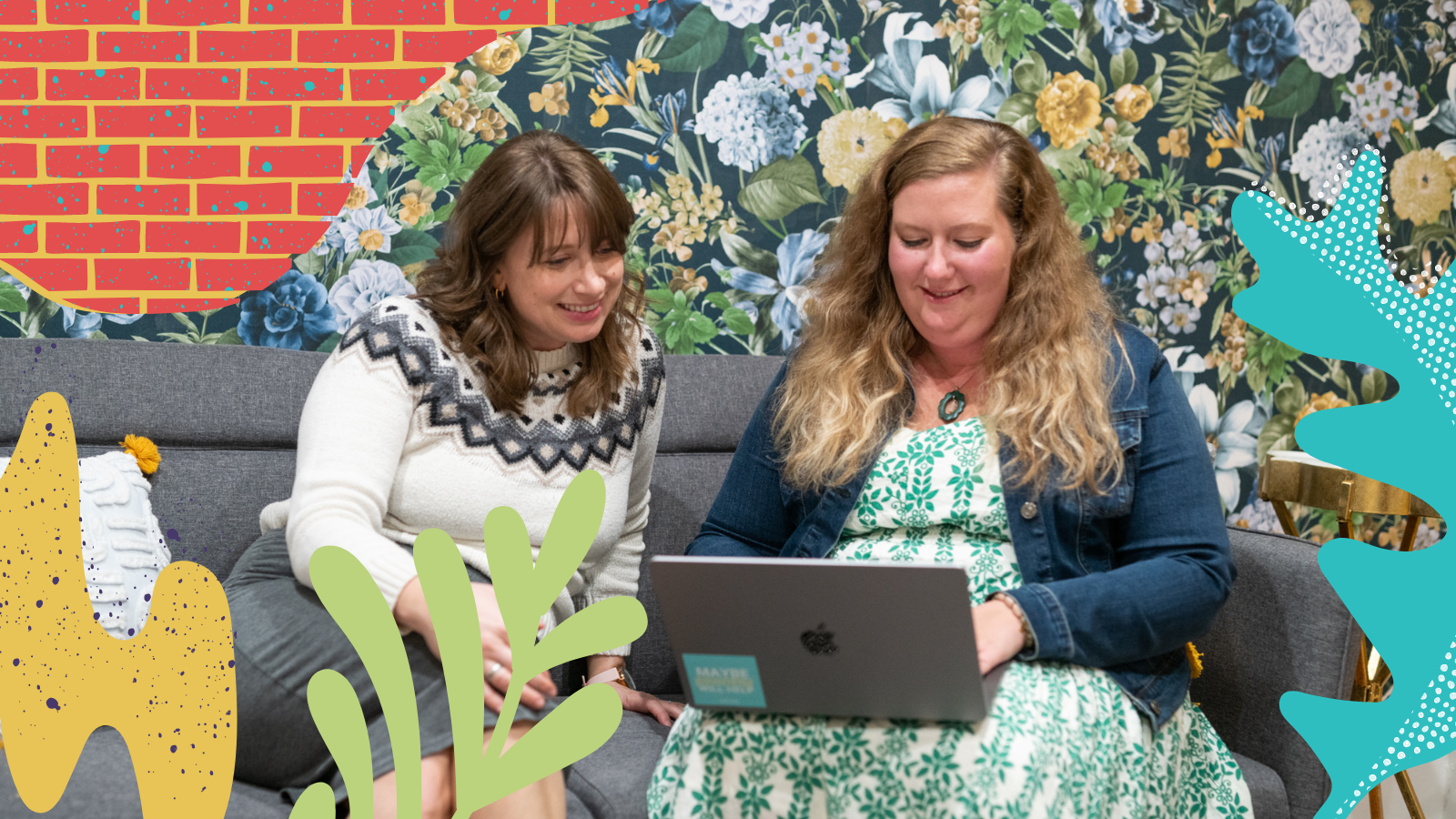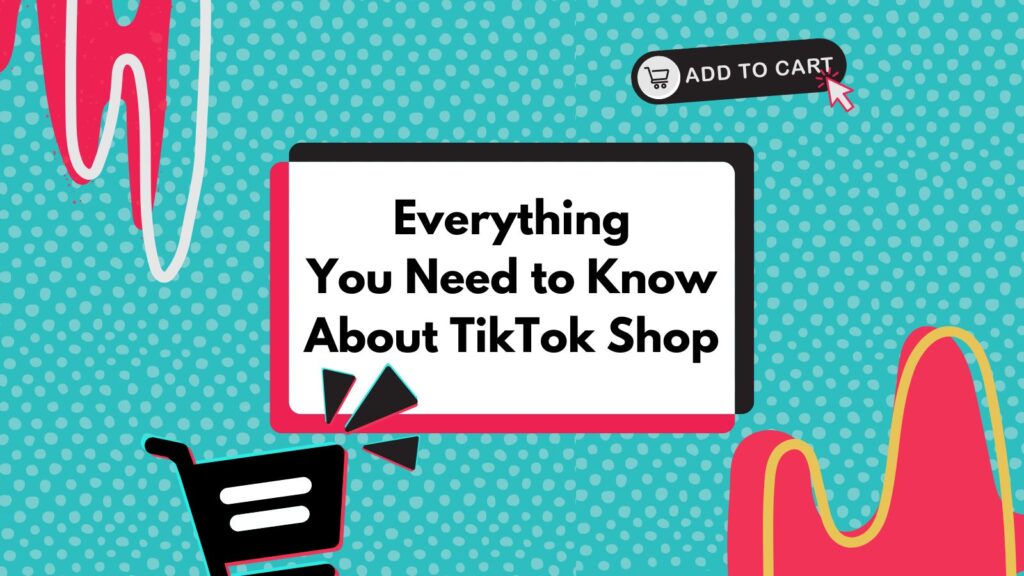In marketing, design serves as both a strategic Swiss army knife and an artistic playground—and when you put it that way, it’s an unlikely pairing. We’ve worked incredibly hard to uncover the secret sauce that separates traditional marketing from the wild world of social media marketing. Understanding these platform personas is key for designers, marketers, and business buffs to spice up engagement, capture hearts, and enhance your brand.
Being Seen and Heard
Traditional marketing has long been associated with television ads, robust billboards, vivid print media, and the enduring charm of direct mail. Graphic designers in this space create visuals that are meant to have a broad reach and be easily digestible in a pass-by or quick glance.
Materials are often static in the traditional realm, meant to arrest attention and communicate key messages with little or no interaction. Designers work with the laws of space, time, and psychology to make the most of every second and every inch. Evoke emotion instantly—that is the unspoken credo of traditional marketing design.
On the flip side, social media marketing revels in its dynamic and interactive nature, moving in lockstep with the pulse of modern society. The design strategies here are more than just visuals—they’re part of an immersive user experience.
Designing for social media is a multimodal challenge. Each platform has its own aesthetic and requirements. Instagram thrives on the square, while Pinterest’s success is all about verticals. Facebook and X timelines offer scrolls of opportunities, and each one is a potential engagement point for the user.
Capturing the Scroll
To stand out, social media designs must be vibrant, concise, and relatable (that last one is the most important). Users scroll in turbo mode, often multitasking, so content needs to be thumb-stopping. Interactive elements like dynamic animations or prompts for user-generated content (UGC) are necessities in every designer’s toolbox.
We all know the heart of effective design is the story. In traditional marketing, the story unfolds at the pace dictated by the marketer. But In social media, users play a role in shaping the story, influencing its evolution. That’s precisely why your content needs to resonate with them. You’ve got to invite your users to be active participants in your narrative. Social media’s strength lies in its ability to personalize and tailor the user’s experience. Design can be the touchpoint that makes a user feel seen and heard, part of a shared community, and a pivotal actor in the unfolding brand narrative.
Metrics that Matter
One of the biggest differentiators between social media marketing and traditional marketing is how you measure the wins. Traditional marketing focuses on the audience size and reach, while social media needs to be tailored to engagement and user sentiment.
We guess what we’re saying is design is not just about looks; it’s the language that bridges brands and consumers. The world of traditional and social media marketing presents a new challenge. We have an opportunity to look at things from different angles and create diverse yet powerful designs that grab attention and prompt a reaction.









